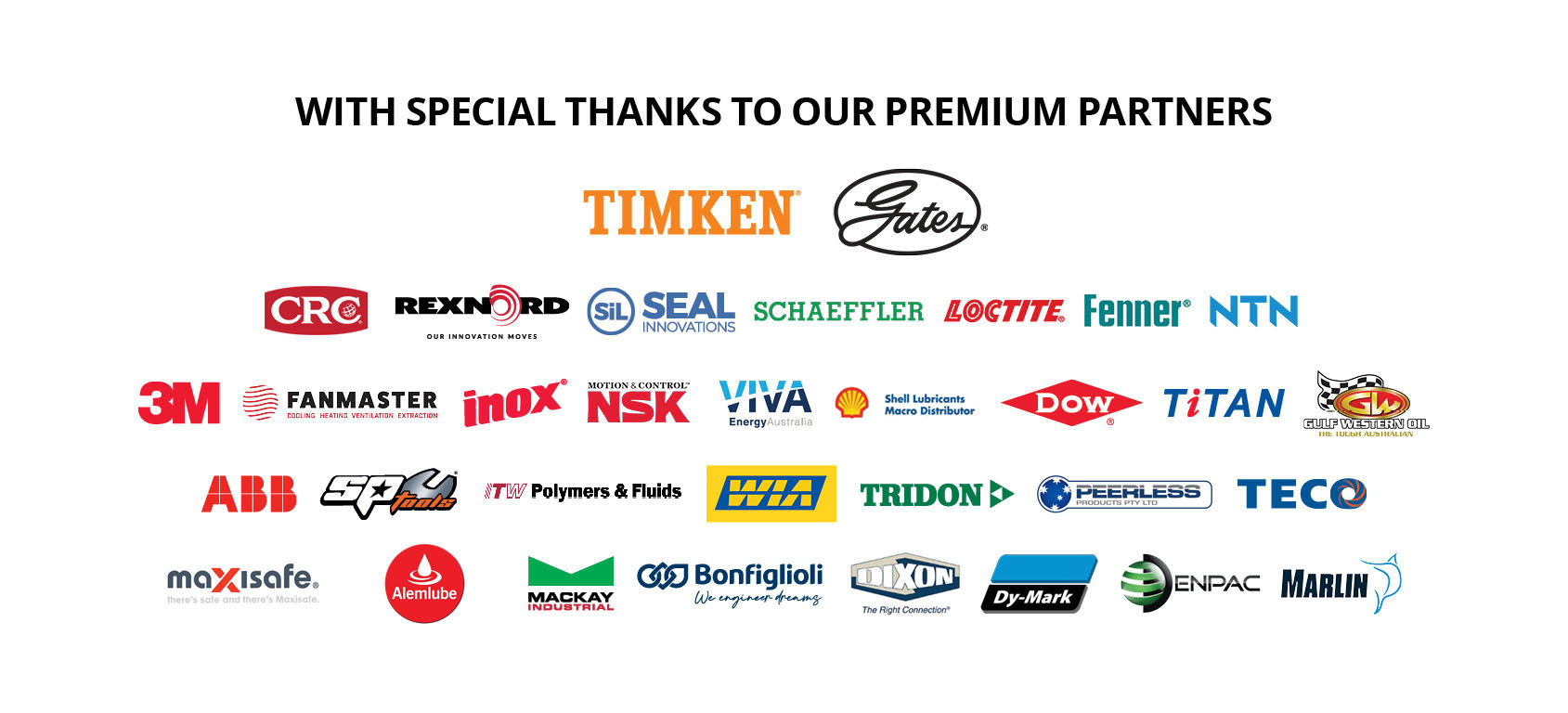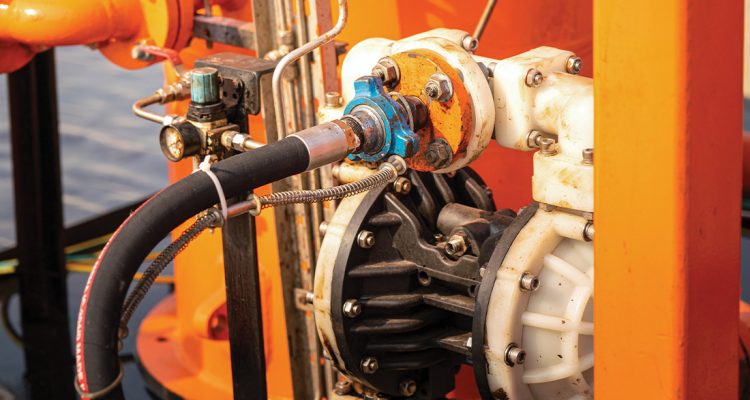Across heavy industry, high pressure hoses are used for containing a variety of different substances in the form of liquefied gases and compressed air. However, as BSC’s Michael Rowe explains, “Measuring the potential risk of an on-site injury occurring from a high-pressure hose is mainly a matter of measuring the frequency of their usage — which is high.”
“To put it bluntly, a quick change in pressure behind a flexible hose application can be life-threatening,” cautions Michael. “If a pressurized hose experiences a sudden spike or release in pressure, the hose can whip or flail around in similarly unpredictable movements at very high speeds. This creates an extremely dangerous situation that is hard to contain.”
Michael notes that the point of connection where two hoses are joined or there is a valve backed by compressed air are the key areas that require secure safeguarding.
“If a worker runs the air pressure where there are hoses connected, and the hose comes apart, that is when there is the potential for the hose to whip,” he emphasises. “The air pressure on these hoses peaks at around 90-100 pounds per square inch which is the amount of force that pressure is containing. Subsequently, unguarded hose connections can do significant damage to personnel nearby or the structural integrity of its surroundings.”
Following several injuries and fatalities where the cause was determined to be a malfunctioning pressure hose, the Australian federal government published a safety alert on July 1, 2020, reminding employers of the importance of installing a safety whipcheck on pressurized air hoses, in order to safeguard employees from the dangerous threat of hose whip.1
To visualise how a whipcheck mechanism fits together, Michael describes that a typical whipcheck features spring-loaded loops in the cable ends that are easily opened to pass over the couplings, providing a firm grip on the hose.
“The claw coupling will be around 50mm in diameter, relatively to the hose which would be around 20mm thick.”
Digging a little deeper into the issue, Michael discusses the mechanics behind a whipcheck and why it is critical to site safety to ensure that all pressurized air hose equipment is safeguarded.
He also makes some production and installation suggestions to get started with safeguarding hoses, referring to knowledge he obtained through one of BSC’s suppliers, Dixon, a well-known manufacturer of hose coupling and retention devices for safeguarding these types of applications.
“Dixon makes a range of King Safety Cables for preventing hose whip that are integral to our range of whipcheck products,” says Michael. The King Safety Cables are steel cables that span the hose fittings with spring-loaded loops that open and close in a firm grip on either side of the hose. The King Safety Cables can be used in hose-to-hose installations, as well as hose-to-rigid outlet, or hose-to-tool configurations. On hose-to-hose applications, the King Safety Cable should be installed on the hose portion of the assembly in a fully extended position. When used on hose-to-rigid outlet or tool, the spring-loaded end should go over the hose, while the choker end is installed on the outlet or tool.
“When you have a coupled connection point between two hoses or a rigid valve point, a whipcheck is a piece of cable that fits between the two connection points on a pressurized hose to hold it in place and limit its potential to whip by attaching to each side of the hose connection,” he explains. “It’s a relatively simple concept sure, but a whipcheck has to be practically infallible and unbreakable to successfully protect, which requires regular checking in itself.”
The whipcheck not only does the checking, but it also needs to be checked itself. All and all, there is a lot of checking involved, and rightly so given the risk of leaving the whip unchecked.
According to Dixon’s user safety manual: Whipcheck users must first carefully consider the specifications of an application before selecting the proper whipcheck components: size, temperature, application, media, pressure and hose and the coupling manufacturer’s guidelines. Dixons’ engineering team work to industry standards, namely NAHAD, AS, ISO and the like.
It is also recommended that all hose assemblies be tested in accordance with the Association for Rubber Products Manufacturer’s (ARPM) guidelines and be inspected before every use to ensure that they are not damaged or have become loose.
“As distributors of Dixon products, we correspond closely with Dixon’s technicians at BSC when we are making recommendations on pressure hose applications,” concludes Michael.
“These kinds of applications need to be risk assessed regularly — the bottom line is that absolutely any shred of doubt about components, or indication of a potential hose failure should render the application out of service immediately.”
For more information on how to comply with government guidelines for pressure hose safety, or how to select, fit, and install a safety whipcheck — consult with a local BSC expert today.
Reference:
- https://www.worksafe.vic.gov.au/safety-alerts/fatalities-and-injuries-result-high-pressure-hose-whip

